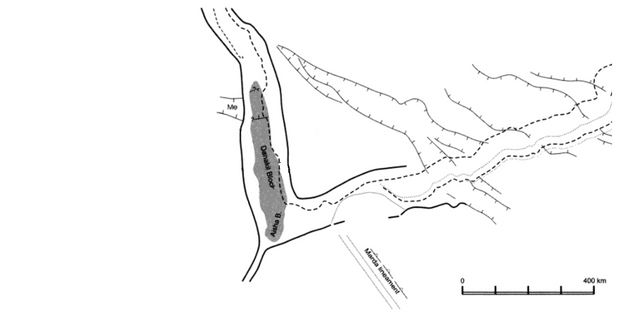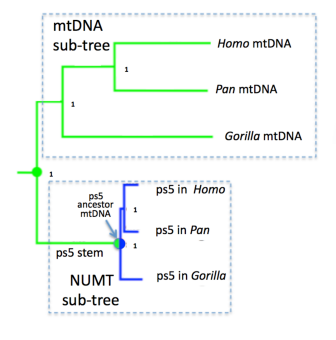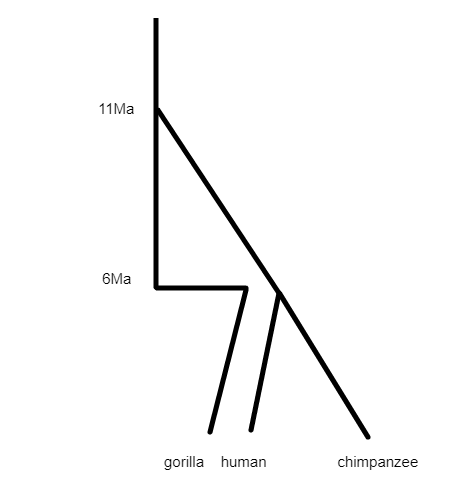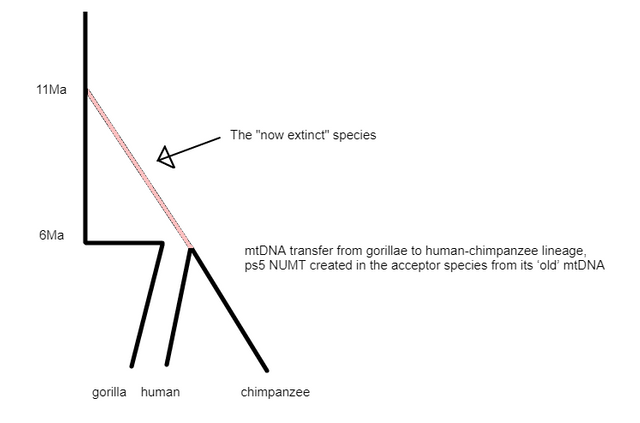The Darwinian origin of the great apes, an island in the Afar region, Danakil
The Galapagos of the Great Apes
Iguanas became otters on the Galapagos, finches took on every single bird niche, birds on New Zealand lost their wings, the Kiwi bird became the equivalent of a pig, a ground feeder, clearing the forest floor so that saplings could grow. On Madagascar, Lemurs speciated massively to fulfill roles that monkeys took on elsewhere. Australia, marsupial evolution.
Once an island is cut off, there is bound to be rapid evolution to fill all the habitat niches. The discovery of fossil remnants of Paranthropus deyiremeda (meaning “close relative”) in 2011, is the first proof in the fossil record that great apes filled multiple niches on Danakil. Paleoanthropologist Yohannes Haile-Selassie wrote in their paper on P. deyiremeda in 2015,
There is now incontrovertible evidence to show that multiple hominins existed contemporaneously in eastern Africa during the Middle Pliocene. Importantly, Woranso–Mille is geographically very close to Hadar (only 35 km north), where Au. afarensis is well documented. In combination, this suggests that multiple hominin species overlapped temporally and lived in close geographic proximity. What remains intriguing, and requires further investigation, is how these taxa are related to each other and to later hominins, and what environmental and ecological factors triggered such diversity.
The flora and fauna on the Ethiopian plateau would have speciated as a result of the highlands itself forming, from compression of the continental crust at the Afar triple junction, which later by extension formed the Afar rift as well as the East African Rift. At high elevations above the frost line, there is less fruit, and it is also colder, and the gorilla lineage for example adapted to store a lot of body fat, as well as adaptations to forage stems and leaves, including dexterous hands.

References
New species from Ethiopia further expands Middle Pliocene hominin diversity (2015)
Evidence of hybridization at 6Ma, mtDNA transfer from gorillae to human-chimpanzee lineage, seen in ps5 NUMT present in extant gorillas, humans and chimpanzees
Mitochondrial DNA is inherited separately from nuclear DNA (the chromosomes. ) Fragments of mitochondrial DNA are known to get inserted into nuclear DNA to form NUMTs, i.e. nuclear pseudogenes of the mtDNA. The insertion of a NUMT is a rare event.
Humans, gorillas and chimpanzees share a NUMT on chromosome 5, dubbed “ps5” by Konstantin Popadin et al (probably meaning “pseudogene on chromosome 5”), and a comparison of the NUMT with the mtDNAs of the great apes implies that, around the time of divergence between humans and chimpanzees, there was interbreeding of individuals whose mtDNA had diverged as much as ~4.5Myr prior to the interbreeding event, which matches the estimate for when the human-chimpanzee lineage diverged from gorillas.

The scenario that fits best with the available data (including genetic data and the fossil record) is one where mtDNA was transferred, in a hybridization event, from gorillae to the human-chimpanzee lineage at around 6Ma, where the ps5 NUMT was created in the acceptor species from its ‘old’ mtDNA, which later gets replaced from the population by the ‘new’ mtDNA of the introgressing species, gorillae. The ancient mtDNA of the human-chimpanzee lineage would no longer be present in either gorilla, human or chimpanzee, and the NUMT that was created from it would be present in all three lineages.

References
Mitochondrial pseudogenes suggest repeated inter-species hybridization among direct human ancestors (2017)
The ps5 NUMT data, re-interpreted without the need for a "now extinct" species
Konstantin Popadin et al introduces a "now extinct" species to explain the genetic data, and then at the end of their paper also propose an "Alternative possibility: mtDNA introgression", tough maintain the a priori assumption of a "now extinct" species as part of the interbreeding event.
The data that Konstantin Popadin et al present, can easily be re-interpreted without the need for introducing a "now extinct" species, a simpler model that is a better fit to the genetic data, as well as with the fossil record.

Hay sir it's great to see your another post . here the information that you had given about birds and it's fossil and alll the details and data. It's actually awsome and very rare to find all at same place . You are really doing great .
Thanks for this information :)
Great and interessing post thank you so much i enjoyed reading it
This is really interesting stuff! I see that you are continuing to develop your theory which is great!